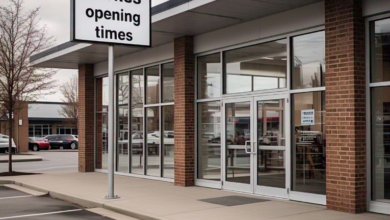How Police Electronic Traffic Solutions Are Changing the Way We Manage Roads
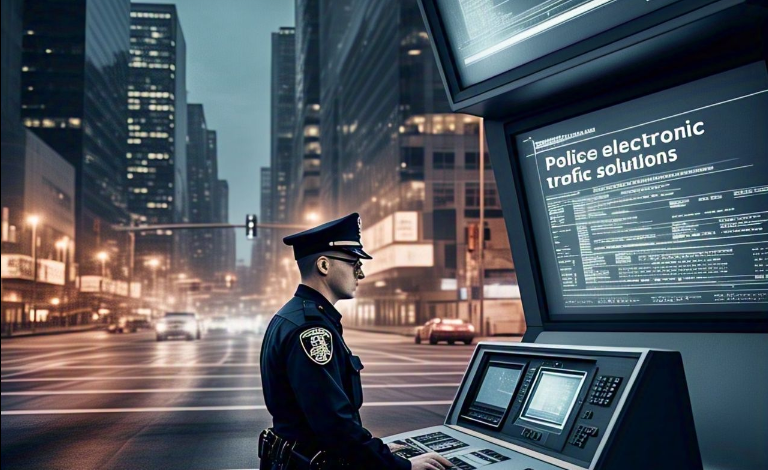
Police electronic traffic solutions are helping cities manage traffic in smarter ways. These systems use technology like cameras, sensors, and AI to keep an eye on the roads 24/7. With this technology, police can easily spot traffic violations like speeding or running red lights, and take action without needing to be on-site.
These solutions also make the roads safer by allowing police to react faster to accidents and traffic issues. They provide real-time information that helps officers make better decisions quickly, improving traffic flow and reducing accidents. Police electronic traffic solutions are revolutionizing how we keep our roads safe.
Table of Contents
How Police Electronic Traffic Solutions Help Improve Public Safety
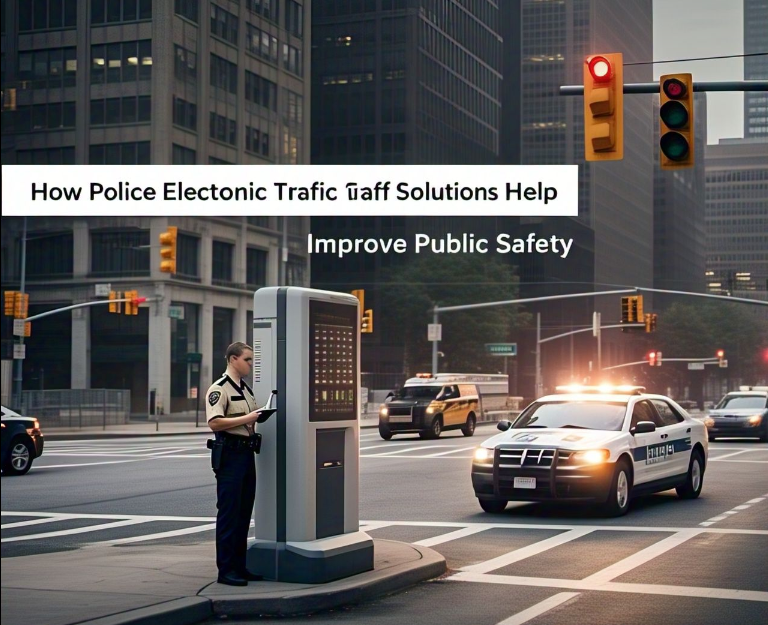
Police electronic traffic solutions play a crucial role in improving public safety. By using advanced technology, such as surveillance cameras, AI, and sensors, these systems can identify and respond to traffic violations quickly. This proactive approach to law enforcement helps reduce the risk of accidents and promotes safe driving behavior across cities.
These systems not only monitor traffic violations, but they also help prevent them from happening in the first place. For example, the use of real-time alerts and notifications can warn drivers about upcoming hazards or violations, such as speeding or running a red light. This gives drivers the opportunity to adjust their behavior before it’s too late.
Enhancing Public Awareness
One of the key features of these systems is their ability to raise public awareness. By providing up-to-date information on traffic conditions and violations, these systems encourage safer driving practices. Whether through digital billboards or mobile apps, drivers can stay informed about road safety, improving overall public awareness.
Reducing Human Error in Law Enforcement
Human error can sometimes lead to missed violations or incorrect actions being taken. With police electronic traffic solutions, the risk of human error is minimized. The system’s ability to automatically detect violations and process data ensures more accurate and fair enforcement, ultimately leading to safer streets for everyone.
Why Police Electronic Traffic Solutions Are Key to Smart Cities
Smart cities are all about using technology to improve everyday life, and police electronic traffic solutions are an important part of that. These systems help cities manage traffic more efficiently, which reduces congestion and makes traveling smoother for everyone.
The data collected by these systems can also be used for better planning. City planners can learn where traffic problems happen most often and work on solutions to fix them. This helps improve the overall quality of life in a city by reducing the stress of long commutes and improving air quality with fewer traffic jams.
How They Improve Traffic Flow
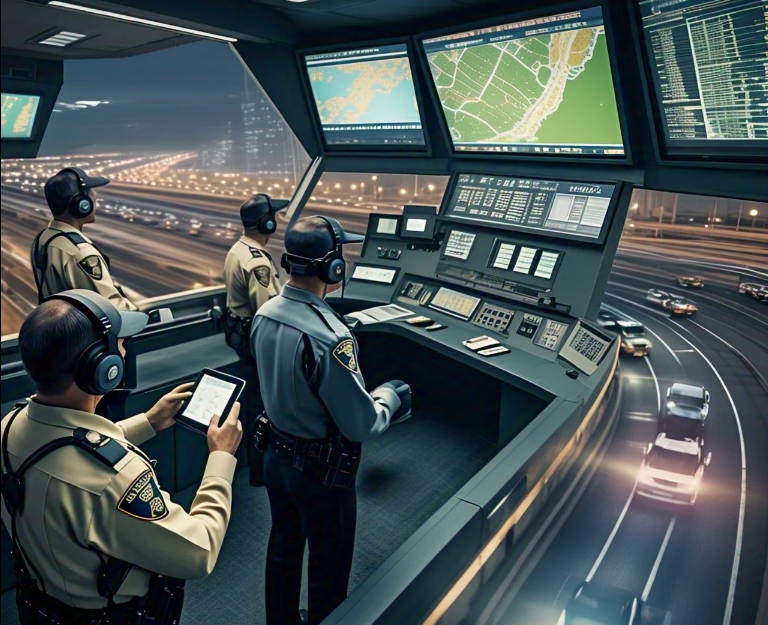
Police electronic traffic solutions also help improve the flow of traffic by adjusting traffic lights and signaling systems automatically. This helps avoid traffic build-up and reduces waiting times. With smart traffic management, cities can make sure that traffic moves smoothly, especially during peak hours.
Enhancing Emergency Response
Another key benefit of these systems is their ability to speed up emergency responses. When there is an accident or emergency, the system can alert first responders right away, helping them find the quickest route to the scene. This reduces response time and can save lives.
The Technology Behind Police Electronic Traffic Solutions
Police electronic traffic solutions use a mix of advanced technology, such as AI, sensors, and cameras, to monitor traffic in real-time. The systems are built to recognize traffic violations, like speeding or illegal parking, automatically. This reduces the need for police officers to be on the scene and allows them to handle more important tasks.
The system uses cameras to capture images of vehicles and their license plates. AI then analyzes these images to detect any violations. This technology also helps to identify accidents or traffic jams, making it easier for police to manage traffic without having to be physically present in every area.
Real-Time Data Collection
By collecting and analyzing real-time data, these systems can predict where traffic congestion is likely to happen. This allows cities to adjust their traffic management strategies in advance. For example, when there is heavy traffic in one area, the system can automatically reroute vehicles to other roads to avoid a build-up.
Working Together with Other Systems
These traffic solutions also work well with other city systems, such as public transportation and emergency services. When the system detects a problem on the road, it can send alerts to buses, ambulances, and even commuters to make adjustments in their routes.
How Police Electronic Traffic Solutions Help Reduce Traffic Violations
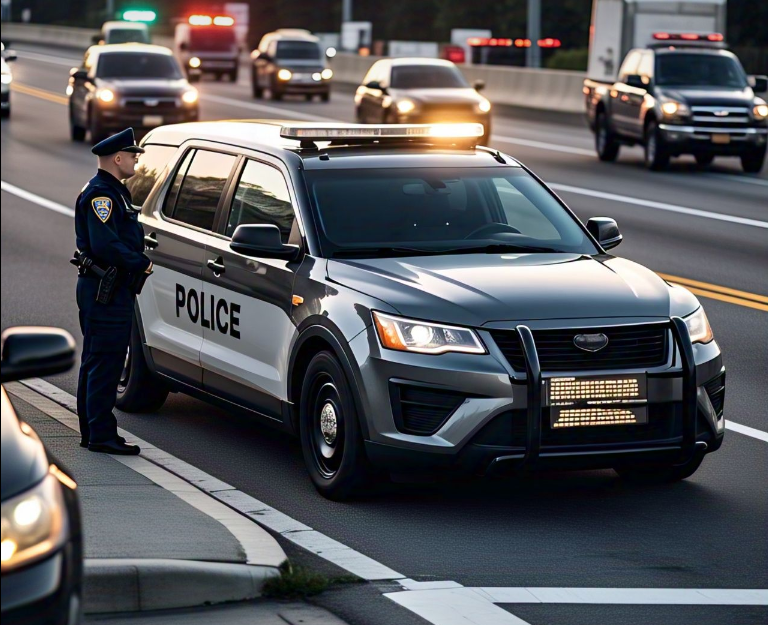
One of the main goals of police electronic traffic solutions is to reduce traffic violations. By monitoring the streets, the system can automatically catch violators, like those who speed or park illegally. This helps keep the roads safer for everyone.
Another way these systems work is by sending out instant alerts to drivers about potential violations. For example, if a car is about to run a red light, the system can notify the driver in real-time. This gives drivers the chance to correct their behavior before it becomes a problem.
Monitoring Traffic Violations 24/7
The great thing about these systems is that they work around the clock. Unlike human officers, who can only be in one place at a time, these systems can monitor multiple locations at once. This increases the chances of catching violators and keeping everyone on the road safe.
Fewer Resources Needed
Since these systems can operate without needing many officers on the ground, cities can save resources while still enforcing traffic laws. This means law enforcement can focus on more critical tasks, like responding to accidents or crimes, while the electronic traffic systems handle the violations.
How Police Electronic Traffic Solutions Help with Traffic Management
Managing traffic in large cities can be a challenge, but police electronic traffic solutions offer a smarter way to handle traffic flow. These systems collect data from various sensors and cameras, allowing for real-time monitoring of traffic conditions. This data helps city planners and law enforcement officers make informed decisions about how to manage road usage.
The real-time information allows for dynamic traffic light adjustments, which can ease congestion during peak traffic hours. For instance, traffic lights can be changed automatically to allow for smoother traffic flow and avoid backups, reducing travel time for commuters.
Reducing Traffic Jams
Police electronic traffic solutions can help alleviate traffic jams by analyzing traffic flow data and adjusting signals as needed. When congestion is detected, the system can redirect traffic or change traffic light cycles to ensure smoother movement. This helps reduce long waits and makes the city’s roads more efficient.
Supporting Public Transportation
These systems can also be used to optimize public transportation routes. By analyzing traffic data, the system can adjust public transit schedules, ensuring buses or trains can avoid congested areas and stay on time. This not only improves the service but also encourages people to use public transport, reducing the number of vehicles on the road.
The Role of AI in Police Electronic Traffic Solutions
Artificial intelligence (AI) plays a key role in enhancing police electronic traffic solutions. AI-powered systems can automatically analyze images from cameras to detect traffic violations, such as running a red light or speeding. This technology allows for more accurate monitoring and faster responses, helping to keep the streets safer.
AI also makes it possible to predict traffic patterns and potential congestion before they happen. By analyzing historical data, the system can forecast where traffic problems are likely to occur and take preventive measures, such as adjusting traffic lights or rerouting traffic.
Smart Decision-Making
AI enables smarter decision-making when it comes to traffic management. The system can process vast amounts of data in real time, identifying trends and patterns that would be difficult for humans to notice. This helps city officials make better, data-driven decisions to improve traffic flow and reduce accidents.
Improving Efficiency with AI
The efficiency of police electronic traffic solutions is greatly enhanced by AI. These systems can work around the clock, analyzing data and detecting violations without the need for human intervention. This means fewer resources are needed, allowing police officers to focus on more urgent tasks while the system handles routine traffic monitoring.
How Police Electronic Traffic Solutions Improve Traffic Law Enforcement
Police electronic traffic solutions improve traffic law enforcement by using technology to detect violations and enforce laws more efficiently. These systems use cameras, sensors, and AI to monitor traffic in real-time, automatically identifying violations like speeding, illegal parking, and running red lights.
With automated law enforcement, cities can ensure that traffic laws are consistently enforced without overburdening police resources. This allows law enforcement agencies to focus on more critical tasks while the system handles routine violations.
Streamlining the Enforcement Process
The enforcement process is streamlined because the system can automatically issue fines and track violators. When a violation is detected, the system captures images and sends them to law enforcement for review. This eliminates the need for manual intervention, speeding up the process and ensuring violations are dealt with in a timely manner.
Reducing the Burden on Police Officers
By automating the process of traffic enforcement, police officers can focus on more important tasks. They can spend less time on routine violations, such as speeding tickets, and more time responding to emergencies or working on criminal investigations. This helps keep police resources focused on the most critical issues while improving overall traffic safety.
Conclusion
In conclusion, police electronic traffic solutions are a big help in making our roads safer and more organized. They use smart technology like cameras and sensors to monitor traffic and catch violations automatically. This makes it easier for police to keep an eye on things without using too many resources, and it helps reduce accidents.
These systems also help improve traffic flow and reduce congestion. By collecting data and making quick decisions, they can adjust traffic signals and even predict where problems might happen. This way, our cities can be safer and more efficient, with fewer traffic jams and faster travel times for everyone.
FAQs
Q: What is a police electronic traffic solution?
A: It’s a system that uses cameras, sensors, and AI to monitor traffic, catch violations, and improve road safety.
Q: How do police electronic traffic solutions help reduce accidents?
A: They automatically detect violations like speeding and running red lights, helping prevent accidents before they happen.
Q: Can these systems help with traffic jams?
A: Yes, they collect data and adjust traffic lights to reduce congestion, making traffic flow smoother.
Q: Do these systems only help police catch traffic violators?
A: No, they also help with traffic management and improve public transportation by adjusting schedules and routes.
Q: How does AI improve traffic management in these systems?
A: AI helps predict traffic patterns, adjust signals, and detect violations quickly, making the whole system more efficient.



